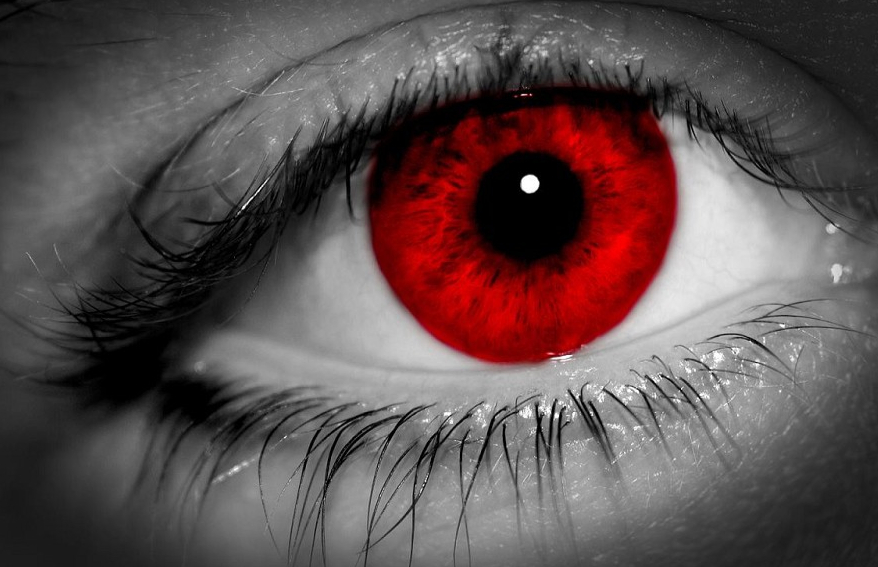Conjunctivitis: Allergic, viral, bacteria
Uveitis: inflammation of iris, ciliary body, choroid
Acute closed angle glaucoma: emergency need to make dx, can have visual loss.
0 Comments
Your comment will be posted after it is approved.
Leave a Reply. |
Archives
August 2018
Categories
All
|

 RSS Feed
RSS Feed
